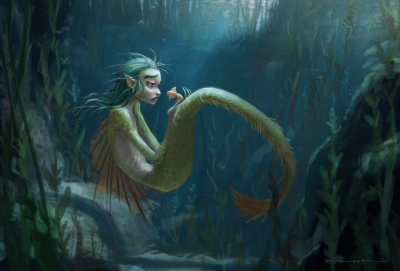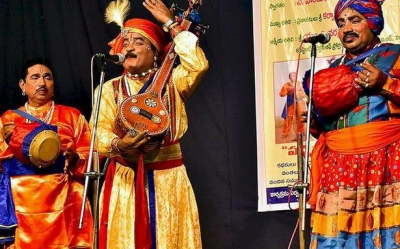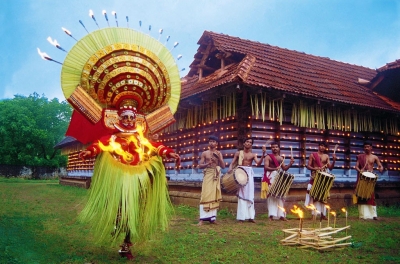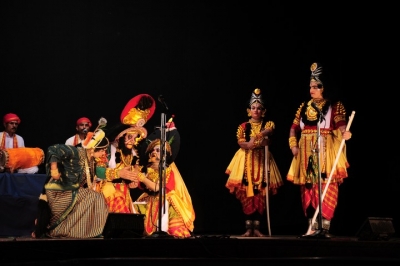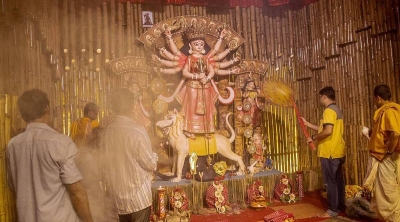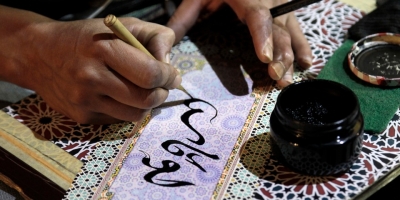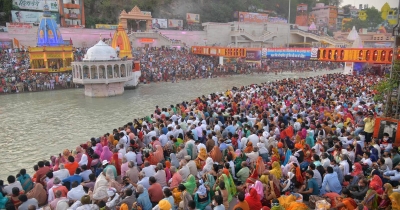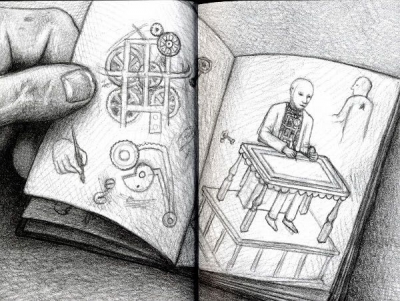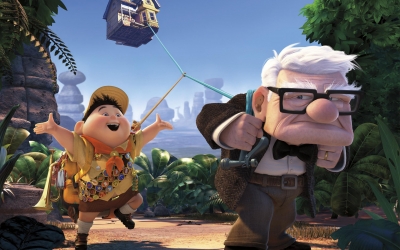WHICH ARE THE POPULAR DANCE FORM AROUND THE WORLD?
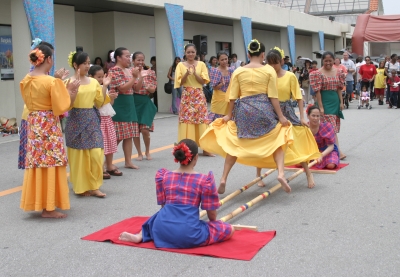
From kathkali to salsa, a dance form is an expression of a country’s culture and heritage. Let’s take a look at some unique dance traditions from across the globe.
BALLET: Said to have originated during the 15th century's Italian Renaissance, it later developed into a concert dance form in Russia and France. Did you know that one ballet performance can take over 5,000 hours of practice, and that ballerinas are as strong as football players? The most widely recognised or most famous ballet is Tchaikovsky's The Nutcracker.
KABUKI: A classical form of dance-drama, it is one of Japan's important traditional arts. It is said to to have originated in the early Edo period, when founder Izumo no Okuni formed a female dance troupe that performed dances and light sketches in Kyoto. However, it developed into its present, all-male theatrical form after women were banned from performing in kabuki theatre in 1629. In 2005, UNESCO declared kabuki theatre as an intangible heritage.
THE FLAMENCO: An art-form based on southern Spain's various folkloric music traditions, in 2010, it was declared by UNESCO as Masterpieces of the Oral and Intangible Heritage of Humanity. Palmas, or rhythmic hand-clapping, is an important aspect of the art-form, and is of two types - Palmas Abiertas and Palmas Sordas, which use different parts of the hand to produce different sounds.
KATHAKALI: A story-play genre of art which originated in Kerala, India, it stands out due to its elaborate, colourful make-up, costumes and face masks that the performers don. Its traditional themes include legends, spiritual ideas from the Hindu Puranas and epics, and folk stories. Several aspects and elements of the art-form are said to have been taken from ancient Hindu texts including Bharata Muni's Natya Shastra.
BALINESE DANCE: Extremely expressive and dynamic, it is an ancient dance tradition that is part of the religious and artistic expression among the Balinese people of Bali Island. It incorporates ancient Hindu traditions, combined with drama, that narrate stories through music and dance. Various types include the Ramayana Ballet, the Legong dance, the Barong Dance, among others.
TINIKUNG: A traditional Philippines dance, it is said to have originated in in Leyte, an island, during the Spanish colonial era. It derives its name from the tikling birds, whose speed and graceful movements the dance imitates. It imitates the birds' movements as they walk between grass stems, dodge bamboo traps set by farmers, and run over tree branches.
Picture Credit : Google
